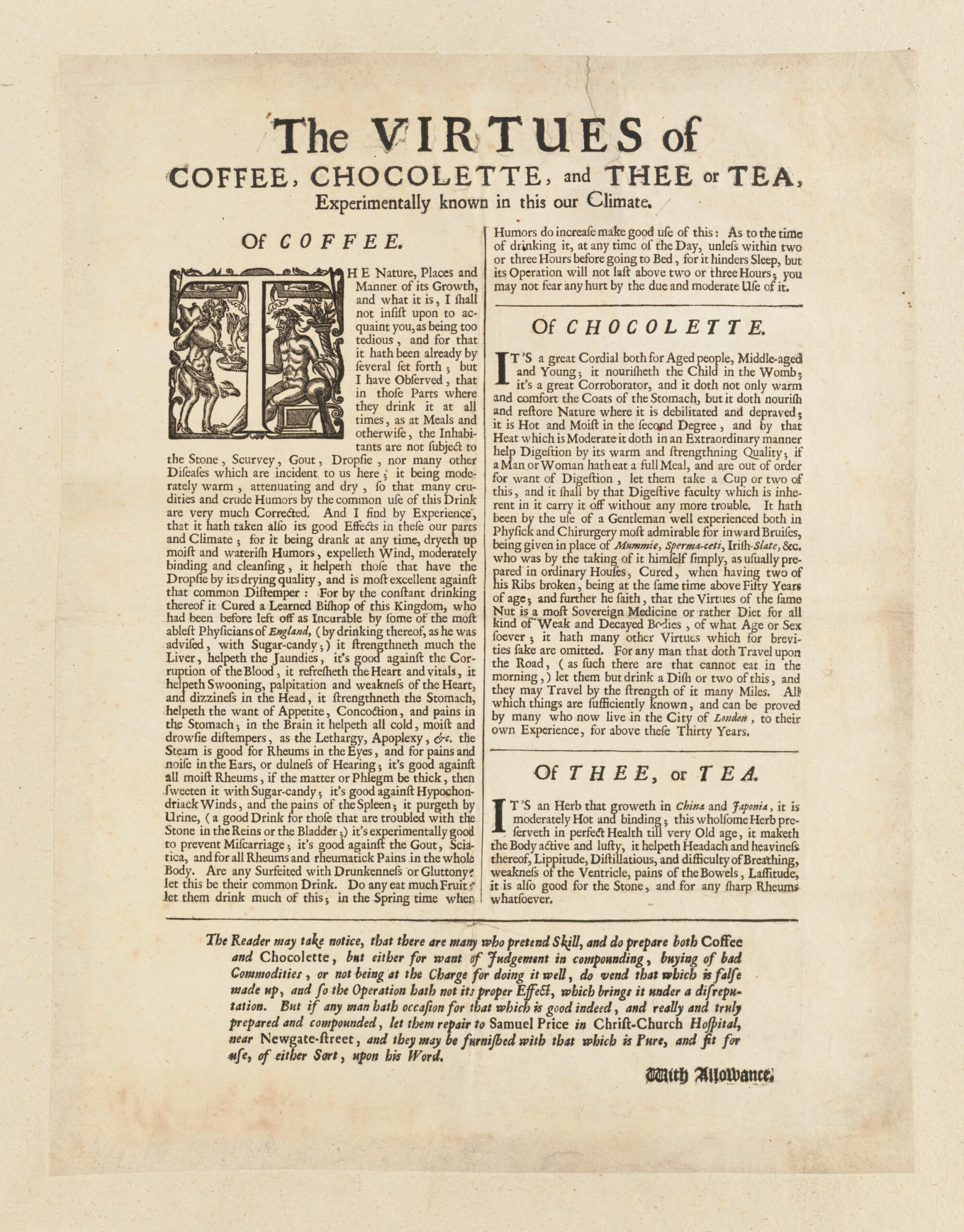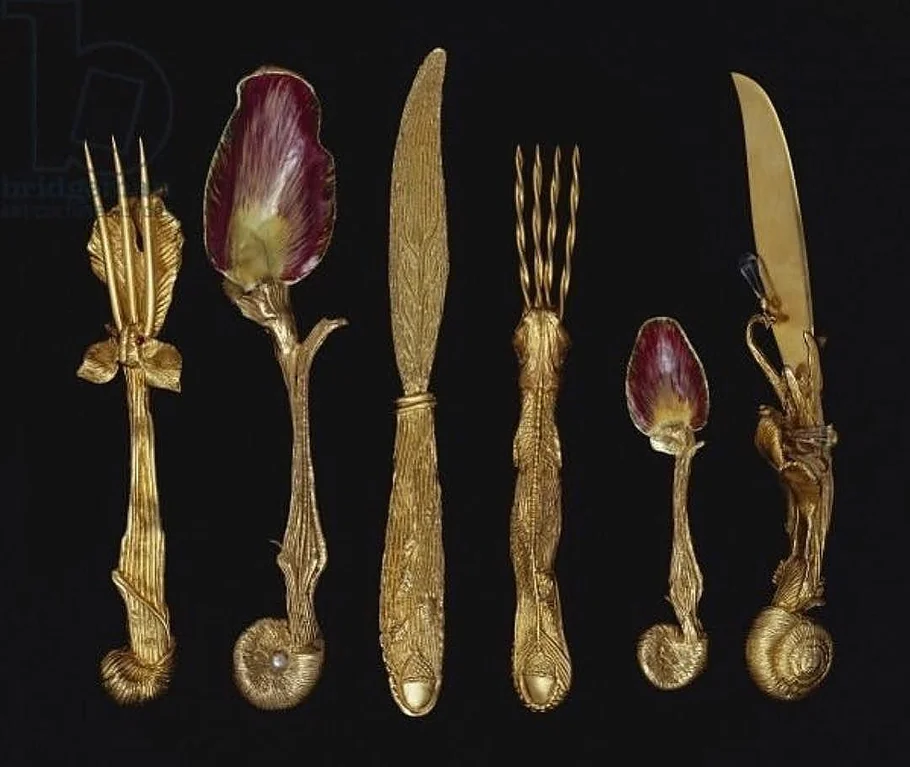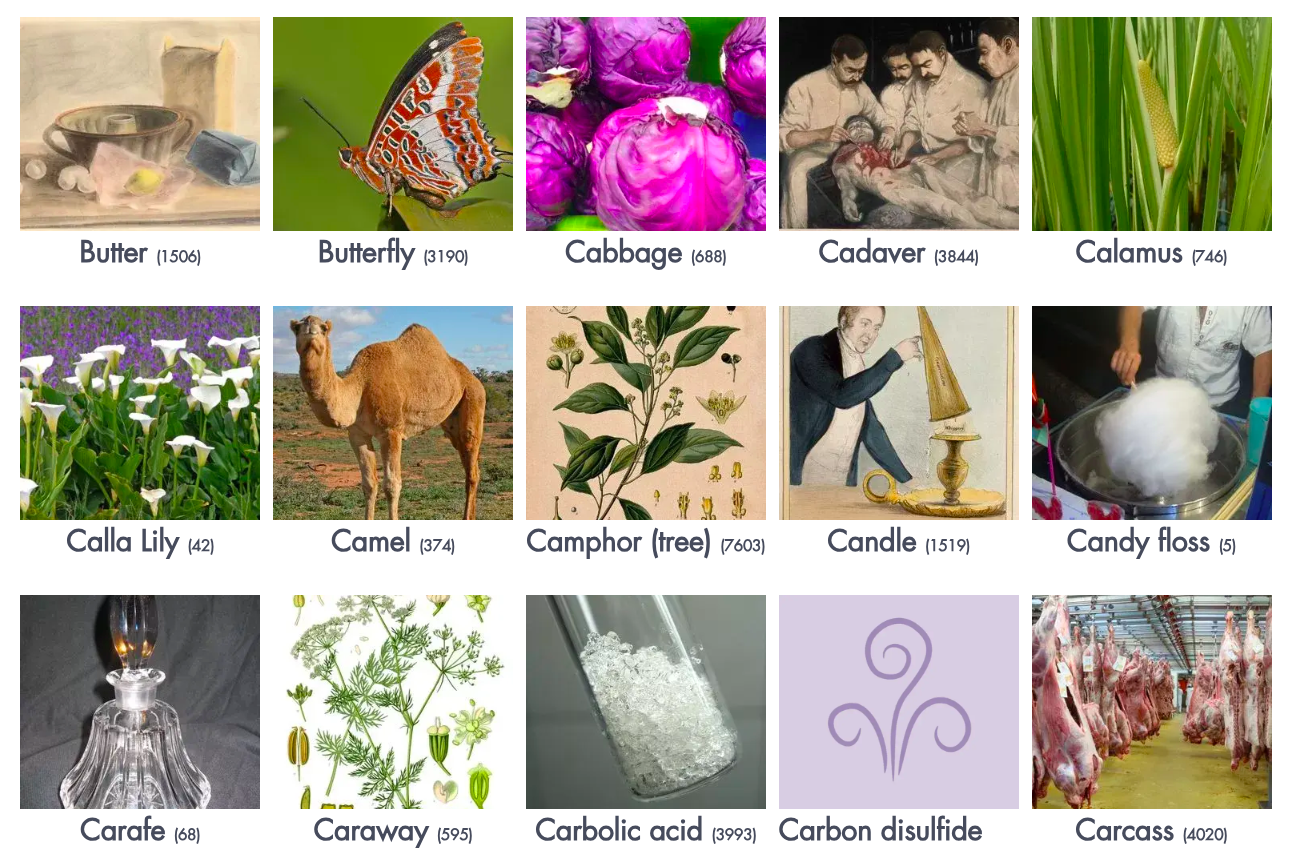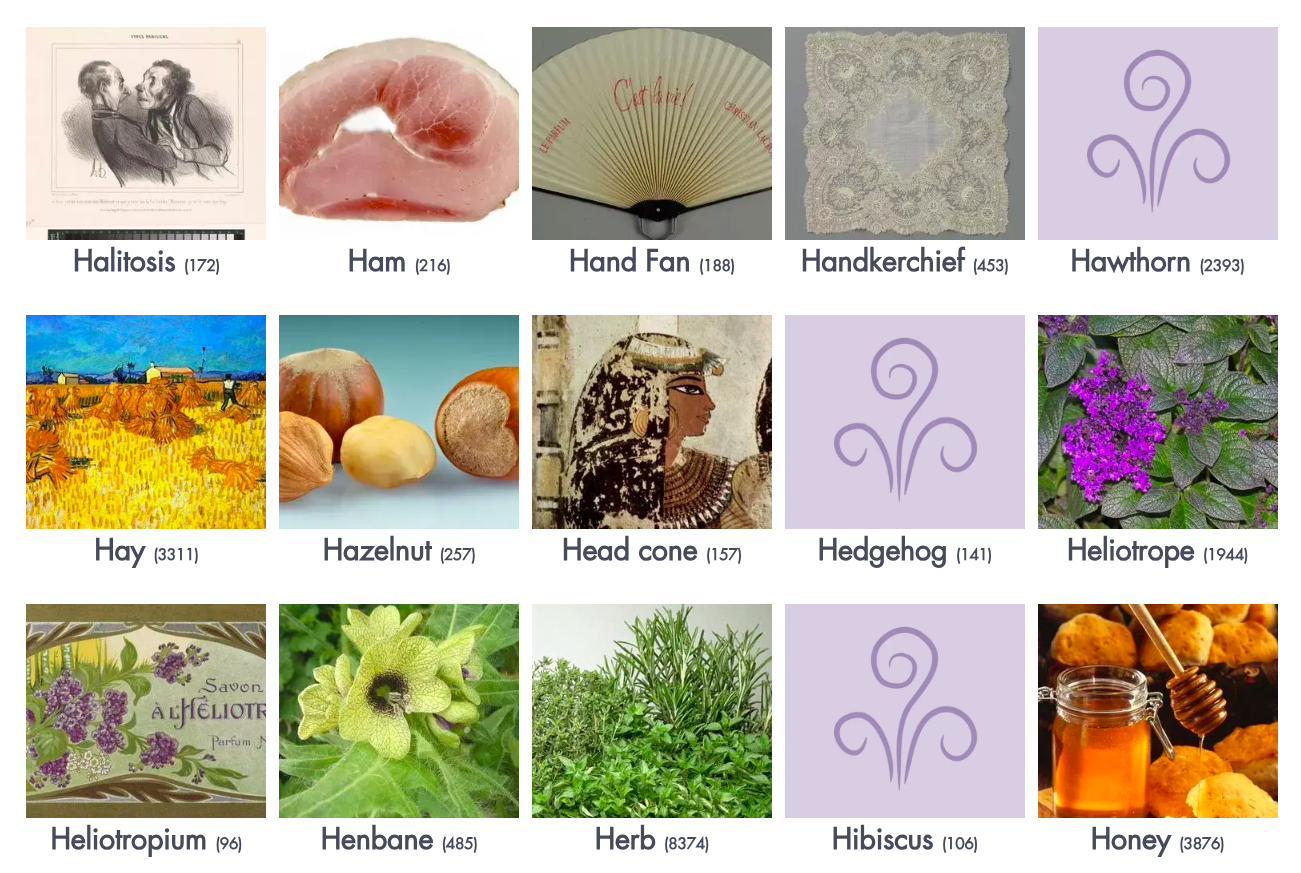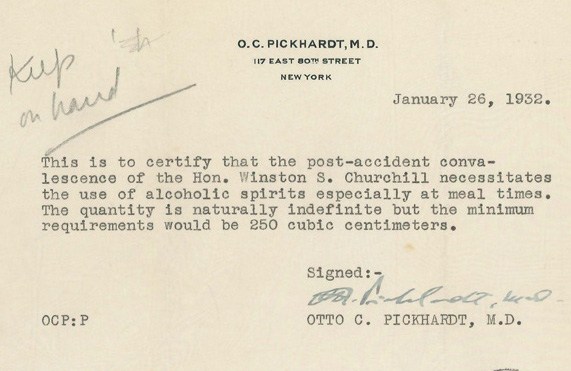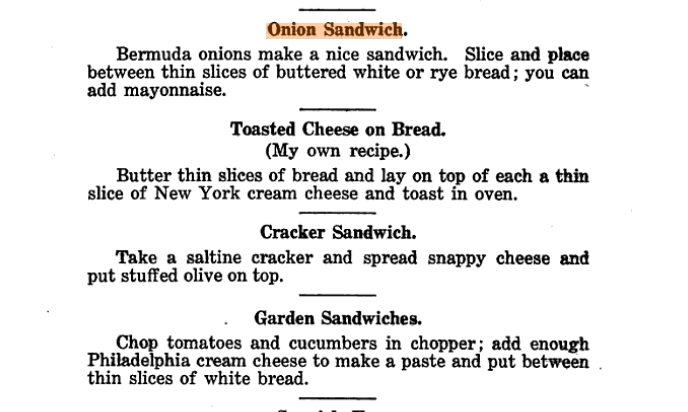E. Jean Carroll’s 1993 memoir of Hunter S. Thompson opens like this:
I have heard the biographers of Harry S. Truman, Catherine the Great, etc., etc., say they would give anything if their subjects were alive so they could ask them some questions. I, on the other hand, would give anything if my subject were dead.
He should be. Oh, yes. Look at his daily routine:
3:00 p.m. rise
3:05 Chivas Regal with the morning papers, Dunhills
3:45 cocaine
3:50 another glass of Chivas, Dunhill
4:05 first cup of coffee, Dunhill
4:15 cocaine
4:16 orange juice, Dunhill
4:30 cocaine
4:54 cocaine
5:05 cocaine
5:11 coffee, Dunhills
5:30 more ice in the Chivas
5:45 cocaine, etc., etc.
6:00 grass to take the edge off the day
7:05 Woody Creek Tavern for lunch-Heineken, two margaritas, coleslaw, a taco salad, a double order of fried onion rings, carrot cake, ice cream, a bean fritter, Dunhills, another Heineken, cocaine, and for the ride home, a snow cone (a glass of shredded ice over which is poured three or four jiggers of Chivas.)
9:00 starts snorting cocaine seriously
10:00 drops acid
11:00 Chartreuse, cocaine, grass
11:30 cocaine, etc, etc.
12:00 midnight, Hunter S. Thompson is ready to write
12:05–6:00 a.m. Chartreuse, cocaine, grass, Chivas, coffee, Heineken, clove cigarettes, grapefruit, Dunhills, orange juice, gin, continuous pornographic movies.
6:00 the hot tub-champagne, Dove Bars, fettuccine Alfredo
8:00 Halcyon
8:20 sleep
Ms. Carroll, you have my attention, I do declare. But when I get a grip on myself, I wonder: How did she get ahold of this list? Did Thompson map it all out for her? Did he note it in a diary, or jot it all down on a napkin? Or did Carroll observe him following this routine while visiting his 7,000-acre estate in Woody Creek, Colorado? And, if the latter, you have to wonder whether Thompson always lived this hard? Or was this a bit of schtick, the nurturing of a Gonzo persona now decades in the making? It’s hard to know what’s true, or what’s not.
Meanwhile, if you want to delve more deeply into Thompson’s daily routine, you can explore HST’s ideal breakfast. It consists of “four Bloody Marys, two grapefruits, a pot of coffee, Rangoon crêpes, a half-pound of either sausage, bacon, or corned-beef hash with diced chilies, a Spanish omelette or eggs Benedict, a quart of milk, a chopped lemon for random seasoning, and something like a slice of key lime pie, two margaritas and six lines of the best cocaine for dessert.” All eaten naked and alone. Naturally.
If you would like to sign up for Open Culture’s free email newsletter, please find it here. It’s a great way to see our new posts, all bundled in one email, each day.
If you would like to support the mission of Open Culture, consider making a donation to our site. It’s hard to rely 100% on ads, and your contributions will help us continue providing the best free cultural and educational materials to learners everywhere. You can contribute through PayPal, Patreon, and Venmo (@openculture). Thanks!
Related Content:
Hunter Thompson Explains What Gonzo Journalism Is, and How He Writes It (1975)
